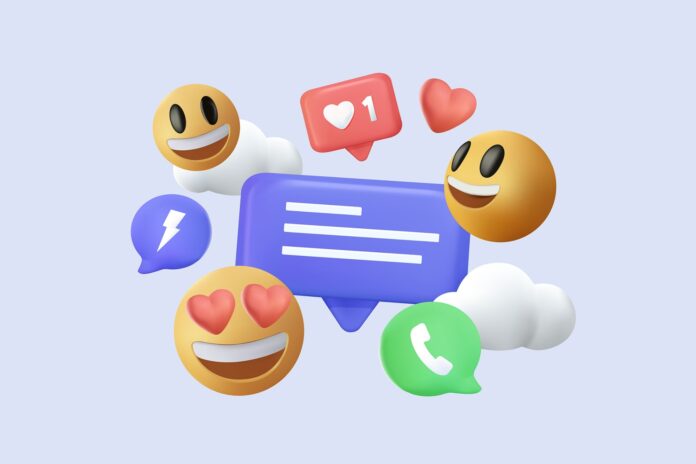Opinions expressed by Entrepreneur contributors are their own.
So many messages get lost in translation when typed or written down. How can you express your tone of voice or your feelings in 280 characters or less?
According to a report, adding emojis to your social media posts increases engagement and lowers advertising costs. While yesterday’s marketers would scoff at the thought of emojis, these little smileys can add loads of personality to an otherwise boring message. And they’re not just for style too.
Why use emojis?
Emojis add real value to your messages. Intercom found that messages containing emojis sent by a business were four times more likely to receive a response from a customer. Adding an emoji to the end of your sentence can soften an otherwise promotional message. Here is more data to convince you:
- Emojis in the subject line of your email can increase your open rate by 3-4%.
- The more emojis you use in your Instagram captions, the higher the number of engagements.
- Adding emojis to your ads can increase your click-through rates and improve overall performance.
- Humans are naturally visual people, which means they can process emoji faster than they can read and understand your sentences.
Related: What can emojis tell us about diversity and inclusion?
How to use emojis in marketing?
Stepping away from the data and adding a smile to the end of your message can also add context and avoid misinterpretation. Emoji can help you say more with less effort and characters. Here are 5 creative ways to use emoji in marketing.
1. Choose signature emojis for branding
There are over three thousand emojis available. While there’s no harm in using one emoji that fits your message, using too many can make your brand look too casual and unprofessional.
It’s a good idea to switch between a handful of emojis and use them as branding elements. Think about how McDonald’s adopted the french fries emoji while Taco Bell petitioned for the taco emoji — what emojis can you make yourself?
Using emojis as part of your branding can help your customers remember you better. It’s also a simple and effective way to stand out from the competition.
2. Humanize your tone of voice
Any messages from brands can be viewed with a degree of skepticism. Don’t let your audience think you’re just trying to sell them something (even if you are). Emojis are a great tool to make your brand feel more human and relatable.
While instant messaging and social media cannot replicate the intimacy of face-to-face communication, emojis can fill in essential aspects of communication like facial expressions and body language.
Emojis are often associated with happiness, so adding an emoji to the end of your message shows that you’re happy to help and can make your audience happy too.
3. When words aren’t enough
Emojis have a way of driving a point when words aren’t enough to get your message across. According to psychologists, emojis can help reinforce the meaning of a message. Adding emojis can help set the tone of your messages, such as B. Your way of speaking.
For example, a simple “see you” can sound so different than a “see you” (smiley emoji). The former sounds like a forced formality, while the latter conveys excitement.
4. Create your emojis
While not many brands have the power and appeal of Taco Bell, which officially got the Unicode Consortium to add the taco emoji in 2015, there’s nothing stopping you from designing your emoji.
Brands like Sephora have created their own emoji keyboard filled with emojis patterned after their products. Emoji Keyboard allows users to customize emojis, making the experience more exciting and personal.
Having your own emojis is a great way to build your brand presence and turn your customers into brand advocates.
5. Emoji Polls
You already know that emojis can increase your engagement. Besides adding emojis to your captions and in-image text, interactive stickers on Instagram are another great way to incorporate them into your marketing strategy.
Use emojis to differentiate a “this-or-that” vote in your Instagram Stories and find out how your audience feels about your products. By combining interactive stickers and emojis, you can effectively capture the attention of your audience and gain valuable insights in a fun and interactive way.
Related: 5 Etiquette Rules for Using Emojis at Work
But is the emoji for you?
Even if the data convinces you that all those smileys are worth the chances to deviate from the mark, it’s still important to understand the playing field. If you’re part of a more traditional industry like banking, you might want to keep things emoji-free. Otherwise, you run the risk of appearing unprofessional.
As with anything, moderation is key. Adding too many emojis can make your brand appear spammy. Consider A/B testing your ads to see how your audience is responding to the change. Emojis should not be added haphazardly just for the sake of interaction. Always consider context and content, and remember that some emojis can have double meanings.
Now that emojis are firmly entrenched in our daily communications, it’s time for brands to catch up. Use these tips as a guide and create an emoji marketing strategy that works.


















